How To Effectively Treat Sleep Apnea
Sleep apnea is a medical condition that causes an individual's breathing to start and stop while they sleep. This is usually caused by a partial or full obstruction of the airway. When the throat muscles relax, it can lead the airway to collapse. The nasal passages may also be blocked by conditions like a deviated septum, allergies, or a cold. Sleep apnea patients don't usually wake when they stop breathing, and as such, they may not know they have the condition. The lack of oxygen leads to disturbed sleep quality. It's common for those with sleep apnea to feel exhausted and foggy no matter how much sleep they get. Depending on the cause of the condition, there are a number of treatment options available. Learn about them now.
Use Of A CPAP Machine
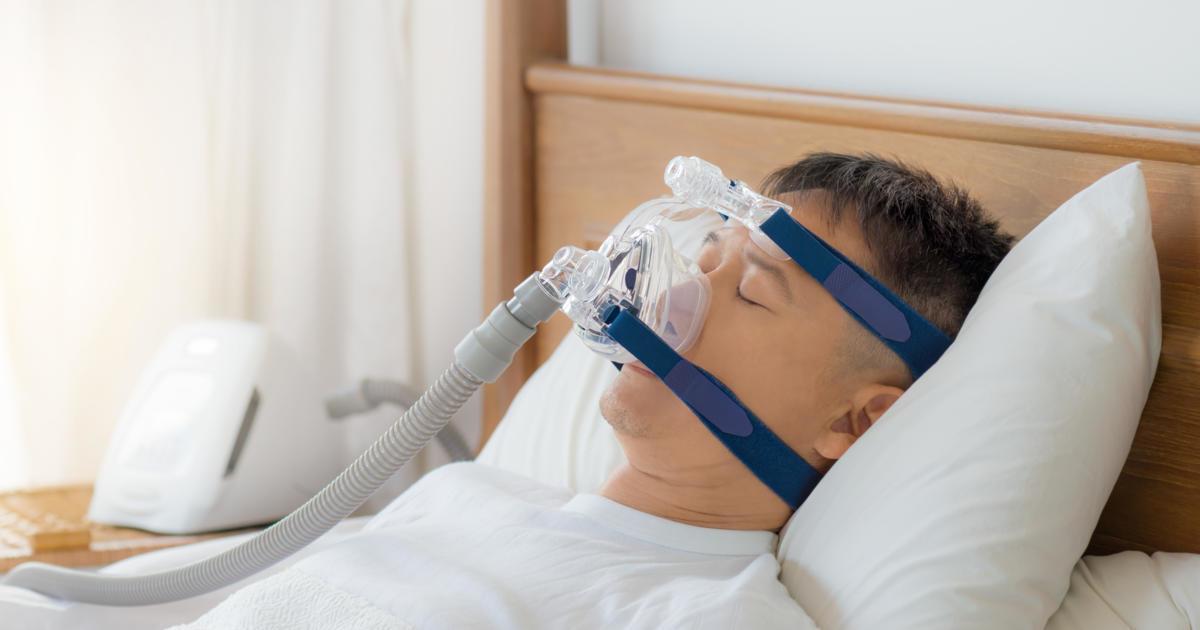
The use of a CPAP machine is the most commonly recommended treatment. CPAP, or continuous positive airway pressure, is a type of machine that uses air pressure to make sure the patient's airway stays open. The air pressure delivered by a CPAP machine is slightly higher than the surrounding pressure, so it keeps the affected individual's nasal and throat passages open to allow unobstructed air flow. This prevents periods of stopped breathing and reduces snoring, since snoring is caused by vibrations due to partially obstructed airflow. When patients use a CPAP machine, they'll put on a mask that delivers the airflow. Some individuals need to try a few different masks before they find the most comfortable option. Rather than discontinuing CPAP use if they experience discomfort, patients should talk to their doctor about how to make the machine more comfortable.
Keep reading to uncover more options for treating sleep apnea now.
Wear An Oral Appliance
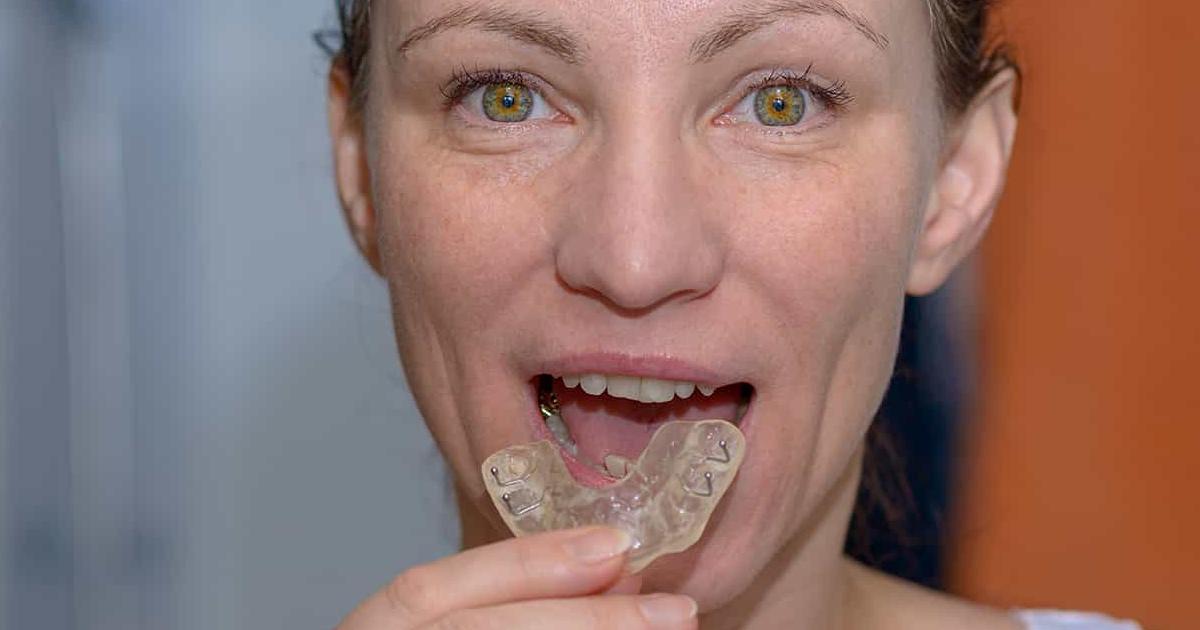
While using a CPAP machine tends to be the most reliable form of treatment for most sleep apnea patients, another potential option is to wear an oral appliance. It's sometimes easier to use oral appliances than CPAP machines, and some patients may try them first before committing to a CPAP machine. The exact function of the appliance varies depending on the design. Some open the throat by positioning the jaw further forward, which can sometimes help keep the airway from collapsing and provide relief for mild cases of sleep apnea. Oral appliances are typically available from the dentist, and affected individuals might try a few different designs when looking for the one that works for them. They'll need to follow up regularly with the dentist to make sure the fit is good and isn't causing oral health complications.
Discover more about how to treat sleep apnea effectively now.
Other Airway Pressure Devices
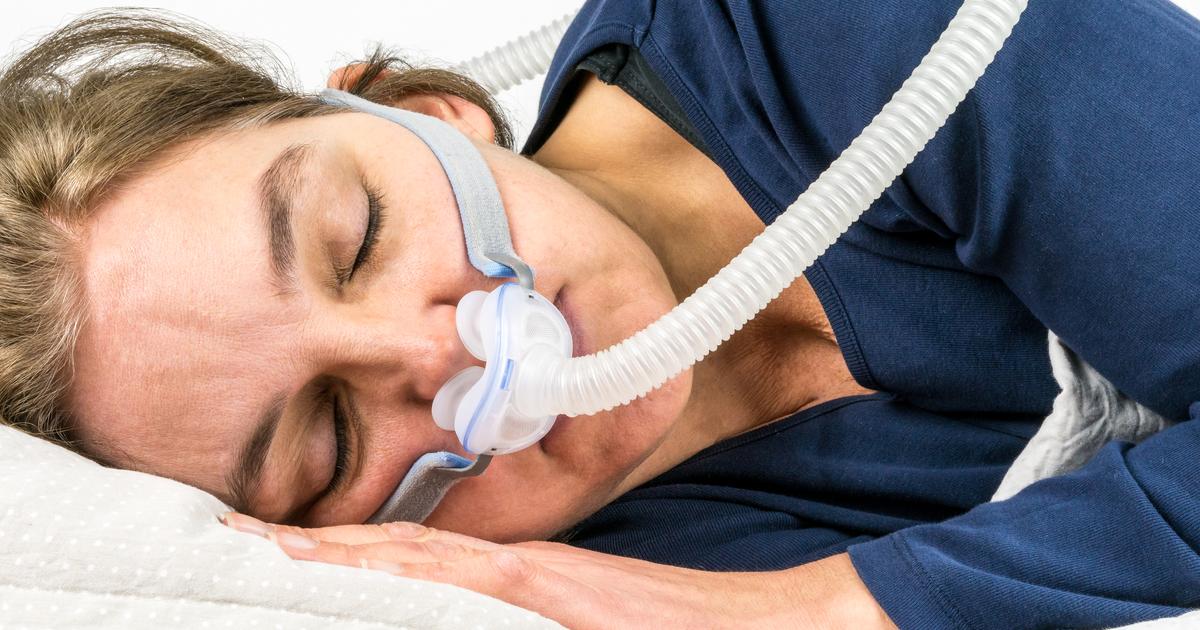
CPAP machines have been most extensively studied and shown to be most effective with many cases of sleep apnea. However, if using the machine causes discomfort patients aren't able to alleviate, other airway pressure devices may be an option. One option is an auto-CPAP machine, which automatically adjusts air pressure as the individual sleeps when it detects their breathing is becoming obstructed. Another option is a BPAP unit, which stands for bilevel positive airway pressure. BPAP machines also use masks to deliver air but, unlike CPAP machines, they can use multiple air pressures. They increase the pressure when patients inhale and reduce it when they exhale. This helps patients who find it tiring to exhale against the high air pressure of the CPAP machine.
Learn more about treating sleep apnea now.
Jaw Repositioning Surgery
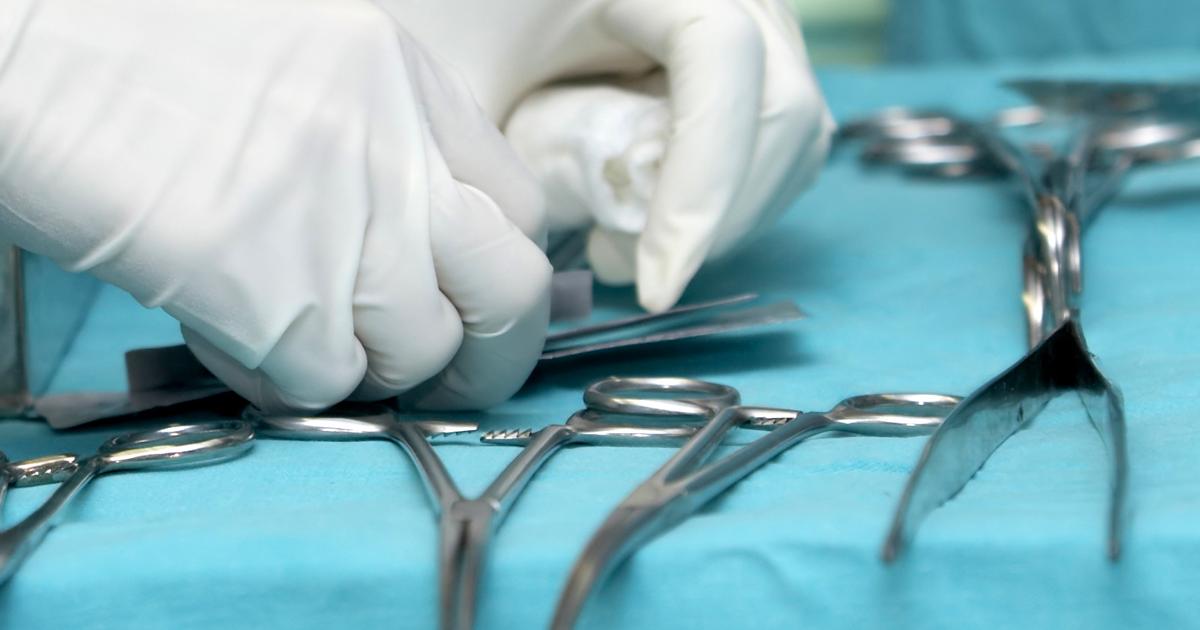
Surgical options are usually used only in cases where non-invasive treatment methods for sleep apnea have all failed. Doctors recommend going through at least a three-month trial period with other types of treatment for this condition before surgery is considered. With that said, a small percentage of patients whose jaws have structuring issues may benefit from surgery as a first-line treatment option. With a jaw repositioning surgery, the jaw is moved forward and positioned away from the other bones in the face. This leads to an increased amount of space behind the soft palate and tongue. More space means there's less chance of airway obstruction if the soft palate falls or the tongue rolls backward during sleep.
Continue to reveal another surgical option for treating sleep apnea now.
Tracheostomy
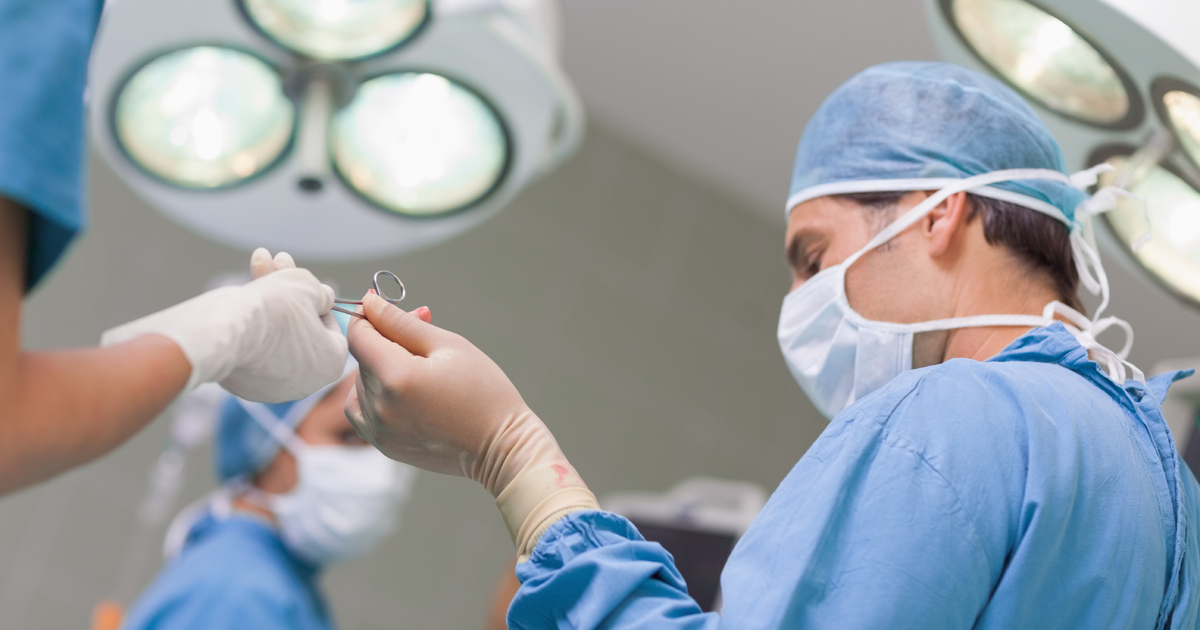
A tracheostomy is a serious surgical procedure that might be used if other treatments are ineffective, and a patient's sleep apnea symptoms are serious enough to cause life-threatening complications. This procedure creates a new airway to breathe through. The surgeon will create an opening in the neck and insert a plastic or metal tube to keep the opening open, allowing the patient to breathe. For individuals with sleep apnea, the opening will be covered during day-to-day activities. When they go to bed, they uncover the opening so air can pass through their lungs via the opening, bypassing the blockage in their throat.